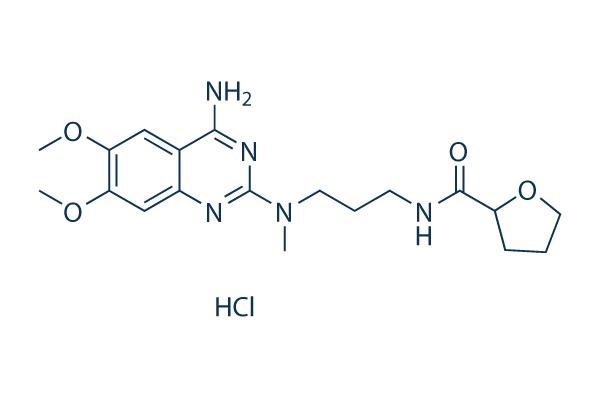Methadone Clinic Havre de Grace MD
Home
Top Methadone Clinic Havre de Grace MD Resources & Info
Clinics require attendance at counseling groups as well as individual counseling contacts. However, if you cannot access a doctor for some reason, then your initial doses of Methadone should be very, very small. The biggest mistake people make is they get on too large of dose and instead of getting a life they become lethargic as well as somewhat demotivating. The choice depends largely on personal preference and how uncomfortable the constipation is. I was on it for 5 years at 150mg for maintenance therapy. You will get better solubility if the water is warmer.
In addition, the long-term effects of methadone abuse are almost as bad as those of heroin. Methadone and its two main metabolites Methadone EDDP EDMP Route of administration[edit] The most common route of administration at a methadone clinic is in a racemic oral solution, though in Germany, only the R enantiomer (the L optical isomer) has traditionally been used, as it is responsible for most of the desired opioid effects.[50] The single-isomer form is becoming less common due to the higher production costs.
Even more Info Around methadone as a pain reliever

More Information About methadone as a pain reliever Havre de Grace MD
Now, I will not provide conversion info for methadone...ever! 12, including limitations on unsupervised administration. Intravenously administered naloxone or nalmefene may be used to reverse signs of intoxication. And honestly, if you are so uncomfortable during your methadone decrease, then you are probably going too fast or the doctor is decreasing you too fast.
Extra Resources For methadone as a pain reliever
This is not a complete list of side effects and others may occur. Thus methadone, which mimics the effects of opioids and renders the addict compliant, is labeled as a “treatment” and so obscures the disciplinary objectives of “managing undesirables”.[79] Regulation[edit] Methadone is a Schedule I controlled substance in Canada and Schedule II in the United States, with an ACSCN of 9250 and a 2014 annual aggregate manufacturing quota of 31,875 kilos for sale. A great deal of anecdotal evidence was available "on the street" that methadone might prove effective in treating heroin withdrawal and is not uncommonly used in hospitals and other de-addiction centers to enhance rates of completed opioid withdrawal. According to prescribing information, the most common side effects with methadone are lightheadedness, dizziness, sedation, nausea, vomiting, and sweating. Itʼs also possible that your computer has been infected with a Spambot virus thatʼs using your computer to gather information.
More Details Around methadone pregnancy Havre de Grace MD
Your doctor or methadone clinic will discuss these with you, ensuring that you know what to look for as your treatment continues. For men under the age of 40, the percentage that experience ED falls to only 12 percent. Consult your health care provider to discuss concerns about long-term use. If you take an amount of Methadone above 120mg, then you could be at severe risk for having an overdose. Any otherdrug ask someone else, but I know my methadone. According to the NIDA, it is extremely important for treatment to be readily available to patients. “Potential patients can be lost if treatment is not immediately available or readily accessible. Many other opioid drugs are far more deadly and dangerous than Methadone is, and that is why this drug is frequently used to wean people off of these other dangerous narcotics. 5 mg every 12 hours -Monitor for signs of sedation and respiratory depression; consider a lower dose of the concomitant CNS depressant. Additional information that I gathered states that "different liquid formulations only alter the medium in which the methadone is dissolved and will therefore have the same effect on the client." I hope this information helps! ## It's more like water bas... ... Monitoring: -Monitor closely for respiratory depression, especially within the first 24 to 72 hours of initiating therapy and following dose increases. -Monitor regularly for the development of addiction, abuse, and misuse. -Monitor for signs of hypotension upon initiating therapy and following dose increases, especially those whose blood pressure is compromised. -Monitor for signs and symptoms of QT prolongation, if used in at-risk patients or concomitantly with drugs that prolong the QT interval, consider monitoring ECG and electrolytes at baseline and periodically during treatment. -During the induction phase as patients are being withdrawn from illicit opioids, monitor of opioid withdrawal symptoms such as lacrimation, rhinorrhea, sneezing, yawning, excessive perspiration, goose-flesh, fever, chilling, irritability, weakness, anxiety, depression, dilated pupils, tremors, tachycardia, abdominal cramps, body aches, involuntary twitching, anorexia, nausea, vomiting, diarrhea, intestinal spasms.
Click Here for More Information
Previous Next
You may also like:
Methadone Clinic Rockville MD
Methadone Clinic Ludlow MA
Methadone Clinic Saint Charles IL
Methadone Clinic Kokomo IN
Methadone Clinic Terrell TX